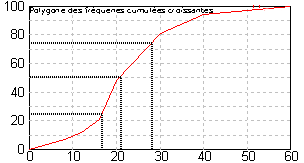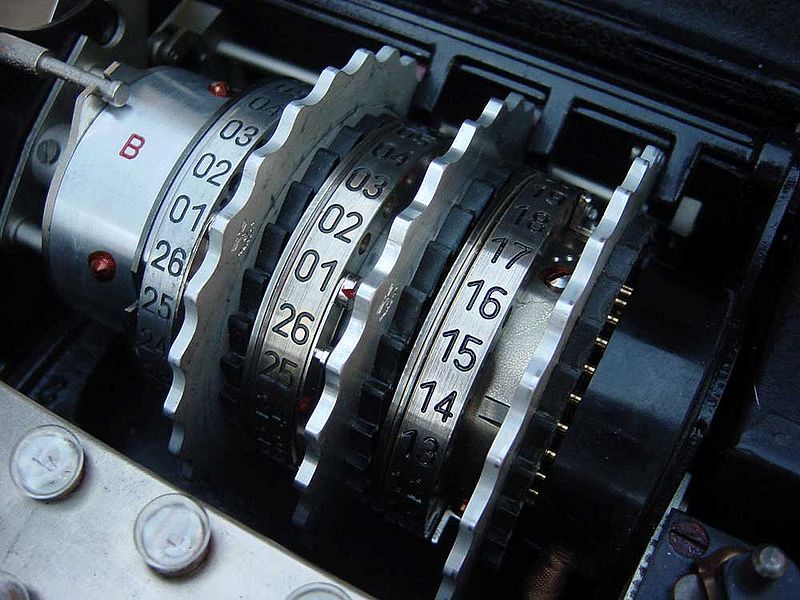|
HOME
Number Algebra and Graphs Algebraic Manipulation and Representation Introducing Algebraic language Simplifying Expanding Factorising Substitution Changing the Subject Combining and Simplifying Algebraic Fractions Algebraic Indices 3 Laws of Indices Zero Index Negative Indices Fractional Indices Exponential Functions Equations and Inequalities Linear Equations Constructing Equations Simultaneous Equations Inequalities Quadratic Equations Linear Programming Graphing Inequalities Linear Programming Sequences nth Term Rule Variation Direct Variation Inverse Variation Graphs in Practical Situations Conversion Graphs Difference Distance and Speed -Time graphs Distance-Time Graphs Speed-Time Graphs Acceleration and Deceleration Area under Speed-Time Graph Graphs of Functions Parabolas Graphical Solution of Quadratic Functions Reciprocal Functions Linear Functions Exponential Functions Gradient of a Curve Graphical Solution of Equations Graphing Inequalities Functions Evaluating Functions Inverse of Functions Composite Functions Geometry Mensuration Coordinate Geometry Trigonometry Vectors/Matrices/ Transformations Probability Statistics |
What are Composite Functions
In this part I will explain to you all you need to know about composite functions to pass your maths exam. Remember when we evaluated expressions by substituting a number into the expression (please click here if you want to revise what substitution is). Now we will evaluate functions not for a numerical value for x, but we will substitute another function for x. Composite functions unfortunately appear to be quite intimidating for many students. This is unnecessary and I hope you will agree with me, after seeing the next five videos, that it is equally as hard/easy as evaluating a function for a numerical value for x. It is up to you. I know you can do it! So let's learn about composite functions!
|









